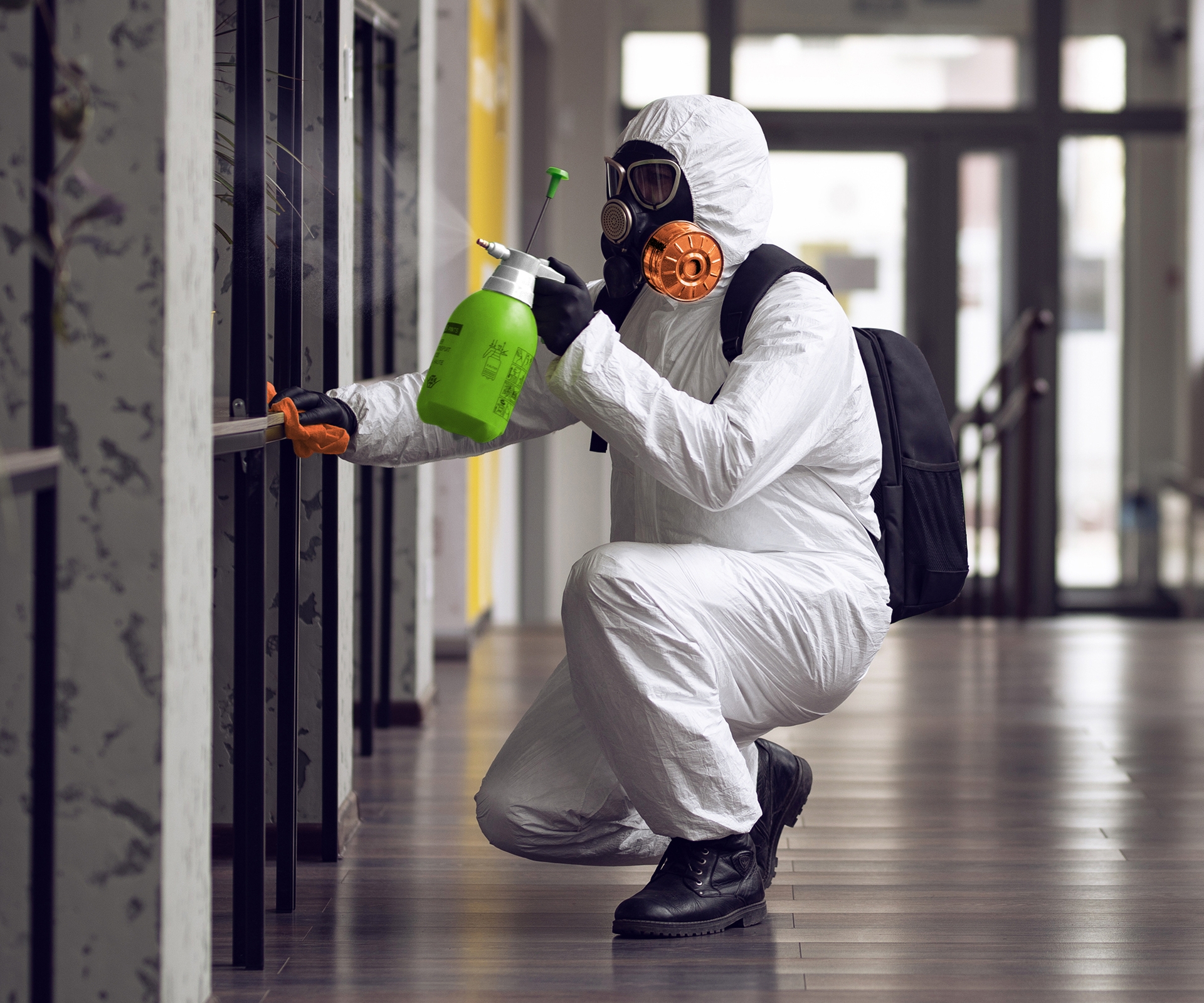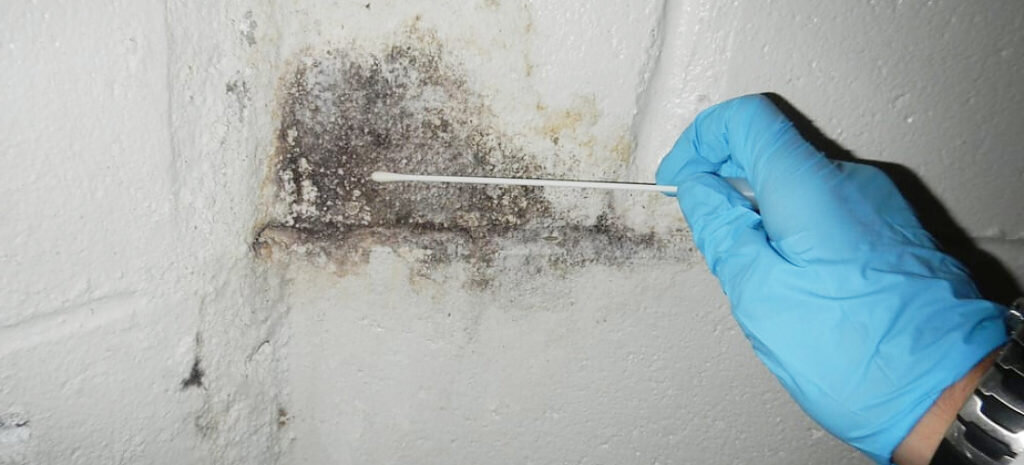Crafting an In-depth Post Mold Remediation Report
Crafting an In-depth Post Mold Remediation Report
Blog Article
Effective Blog Post Mold Remediation Solutions for Your Home
Mold and mildew growth in homes can be a persistent issue, often calling for an organized strategy for efficient post-remediation solutions. From understanding the variables that add to mold advancement to implementing correct cleansing techniques and dampness control actions, the process can be elaborate yet vital for keeping a healthy living setting. Furthermore, checking out all-natural removal remedies and developing a routine for ongoing upkeep are necessary parts of a thorough mold and mildew remediation approach. As home owners aim to resolve mold and mildew worries, locating one of the most efficient solutions ends up being vital for the wellness of their families.
Recognizing Mold Growth Elements
The key aspect adding to mold growth is moisture. Mold spores need dampness to sprout and prosper, making damp or damp atmospheres highly vulnerable to mold and mildew infestations.

Furthermore, air flow and light exposure can affect mold development. Areas that lack appropriate air flow and all-natural light are more prone to mold growth. By attending to these aspects adequately, people can efficiently reduce mold and mildew development and guard their living environments.
Appropriate Mold And Mildew Cleaning Methods
Making use of efficient cleaning techniques is important in preventing the reappearance and resolving of mold contamination in interior atmospheres. The initial action in appropriate mold and mildew cleaning is to contain the afflicted location to avoid the spread of spores to uncontaminated areas.

Applying Dampness Control Measures
To successfully avoid mold development and contamination in interior atmospheres, carrying out dampness control steps is paramount. Moisture is the key variable that fuels mold and mildew development, making it crucial to take care of moisture degrees within the home. One efficient procedure is to use dehumidifiers to maintain interior humidity levels listed below 60%. Furthermore, ensuring correct ventilation in locations prone to moisture build-up, such as shower rooms and cooking areas, can aid lower the danger of mold and mildew development. On a regular basis evaluating and repairing any kind of leakages in pipes, roofings, or home windows is likewise necessary in preventing excess wetness build-up. Utilizing exhaust fans while food preparation or showering, and allowing air circulation by maintaining furnishings somewhat away from wall surfaces can help in wetness control. Additionally, using moisture-resistant products in high-humidity areas, such as mold-resistant drywall and paints, can be valuable. By carefully applying these dampness control measures, home owners can properly lower the probability of mold recontamination and keep a healthy and balanced indoor setting.
Using Natural Remediation Solutions
After effectively implementing dampness control actions to stop mold development in indoor environments, house owners can currently check out the performance of natural remediation solutions in keeping a healthy space. Natural removal remedies make use of eco pleasant approaches to combat go mold and mildew, making them a popular option for those looking for safe options. One such service is Source using vinegar, an all-natural antimicrobial representative, to tidy and disinfect surface areas infected by mold and mildew. Merely thin down vinegar with water and spray it onto the affected areas, allowing it to rest for a couple of hours prior to wiping clean. Additionally, tea tree oil, understood for its antifungal buildings, can be blended with water and splashed onto mold-infested surface areas to inhibit additional development. One more all-natural option is hydrogen peroxide, which can efficiently kill mold on numerous surface areas without leaving hazardous deposits behind. By including these natural remediation remedies right into their cleansing routines, home owners can efficiently fight mold development while promoting a healthier indoor environment on their own and their family members.

Keeping a Mold-Free Atmosphere
Routinely evaluating areas prone to mold and mildew growth, such as shower rooms, kitchen areas, basements, and attic rooms, is critical. Appropriate ventilation in areas with high humidity levels is also essential to stopping mold and mildew development.
In addition, maintaining sanitation in the home is crucial for mold prevention. Keeping interior plants in check and guaranteeing correct water drainage in exterior landscape discover this info here design can minimize dampness build-up, lowering the probability of mold infestations.
Final Thought
To conclude, it is important to address mold growth factors, use proper cleaning strategies, carry out moisture control actions, make use of natural removal remedies, and maintain a mold-free setting in order to effectively manage blog post mold remediation in your home - Post Mold Remediation Report. By following these techniques, you can protect against mold from reoccuring and make sure a healthy living environment for you and your household
The primary variable adding to mold and mildew growth is wetness. Mold spores need moisture to flourish and sprout, making moist or moist environments highly vulnerable to mold infestations.To successfully avoid mold and mildew growth and contamination in indoor environments, applying moisture control measures is paramount. Additionally, guaranteeing proper air flow in locations susceptible to moisture accumulation, such as kitchens and washrooms, can help minimize the risk of mold development.After effectively applying dampness control steps to stop mold and mildew development in interior settings, house owners can currently discover the efficiency of natural remediation remedies in preserving a healthy living area.
Report this page